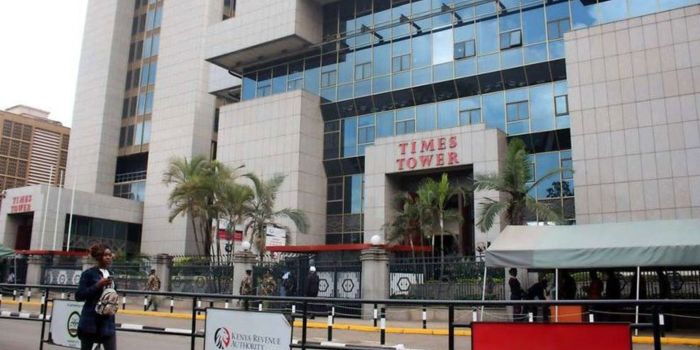The Kenya Revenue Authority (KRA) has revealed new plans to upgrade its electronic Tax Invoice Management System (eTIMS) as part of a larger strategy to boost tax collection and ensure more businesses comply with tax laws.
KRA believes that improving the eTIMS platform is one of its strongest tools in raising more revenue. The system upgrades have already helped the authority collect more taxes, particularly in Value Added Tax (VAT), which is a major source of government income.
While speaking during the African Development Bank’s VAT Digitization Seminar in Nairobi, George Obell, the Commissioner for Medium and Small Taxpayers, said eTIMS has already shown great success.
According to him, the system has helped to increase the amount of VAT collected, close existing tax loopholes, and cut down on fraud.
“The VAT system in Kenya is going through major changes,” said Obell. “Our aim is to make VAT the most dependable and highest-earning tax. VAT is ultimately paid by consumers; businesses are only middlemen. When this system is abused, both the public and government suffer losses.”
The improved eTIMS platform now allows KRA to monitor transactions as they happen, automatically block unsupported tax deduction claims, and quickly detect fake invoices.
These features have strengthened the oversight of VAT filings and prevented fraudulent refund claims that used to go unnoticed.
KRA said it would continue introducing innovations to improve tax collection. One major improvement is the system’s ability to reject deduction claims that are not backed by declared transactions.
This step has helped to seal many tax loopholes that were commonly used to avoid paying taxes.
Another key part of KRA’s strategy is to make the system more inclusive. This means creating a tiered model that allows businesses of all sizes to link directly with KRA’s tax systems in ways that fit their operations.
This inclusive approach mainly targets small and informal businesses, which often find traditional tax filing systems too complicated.
By providing easier options like USSD codes and simple mobile-friendly platforms, KRA aims to attract more small businesses into the formal tax system without burdening them with technical challenges or red tape.
Commissioner Obell explained that the tiered system is meant to make tax processes more accessible, while also increasing transparency and accountability. “We cannot use one approach for everyone,” he said. “We are designing flexible solutions that suit different types of businesses and reflect their real working environments.”
These reforms are already showing strong results. According to KRA, the recent system changes have helped increase VAT revenue by 28 percent. This growth is linked to better tracking of taxpayers and a stronger system for making sure taxes are paid correctly.
The digital system has also helped highlight deeper issues in the tax framework, such as policy gaps and inequality in the way taxes are applied. This information is now being used to guide policy reviews on VAT thresholds and fairness in taxation.
In May 2025 alone, KRA collected Ksh32.14 billion in VAT revenue — marking a solid 16 percent growth compared to the same period the previous year. Looking ahead, KRA has set a target to collect Ksh2.704 trillion by the end of the 2024/2025 financial year.
Overall, the authority is confident that by using digital tools, simplifying tax systems, and targeting reforms where they’re most needed, it can significantly increase tax collection and ensure a fairer, more efficient system for all taxpayers in Kenya.
Join Gen Z New WhatsApp Channel #JusticeforAlbertOjwang To Stay Updated On time
https://whatsapp.com/channel/0029VaWT5gSGufImU8R0DO30


